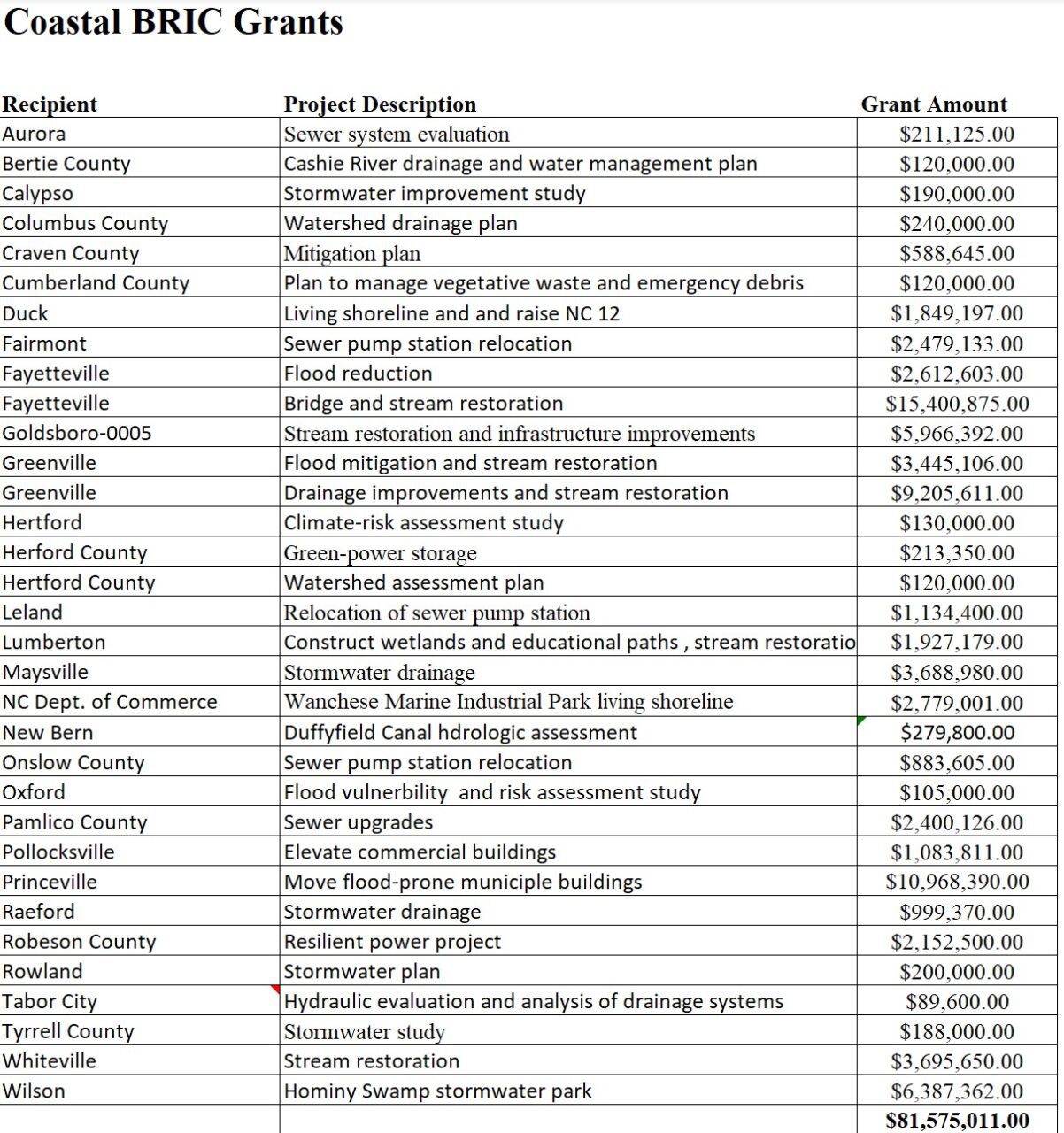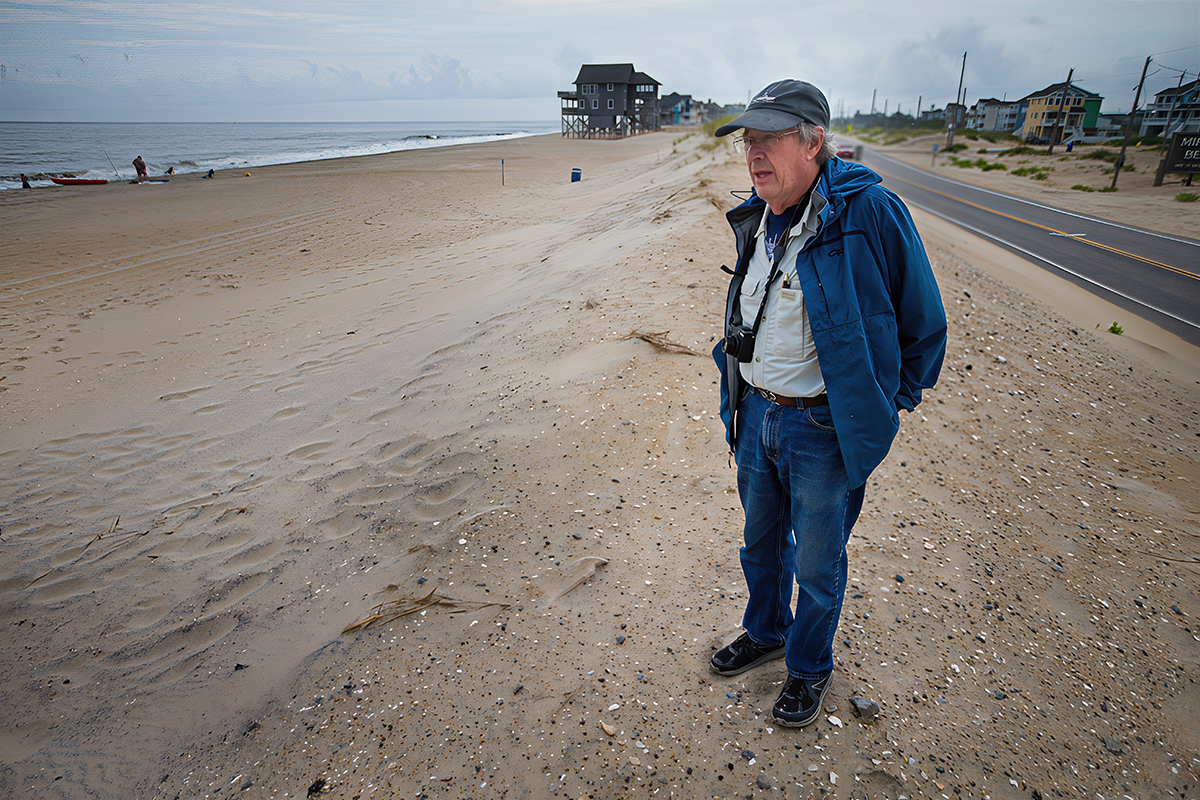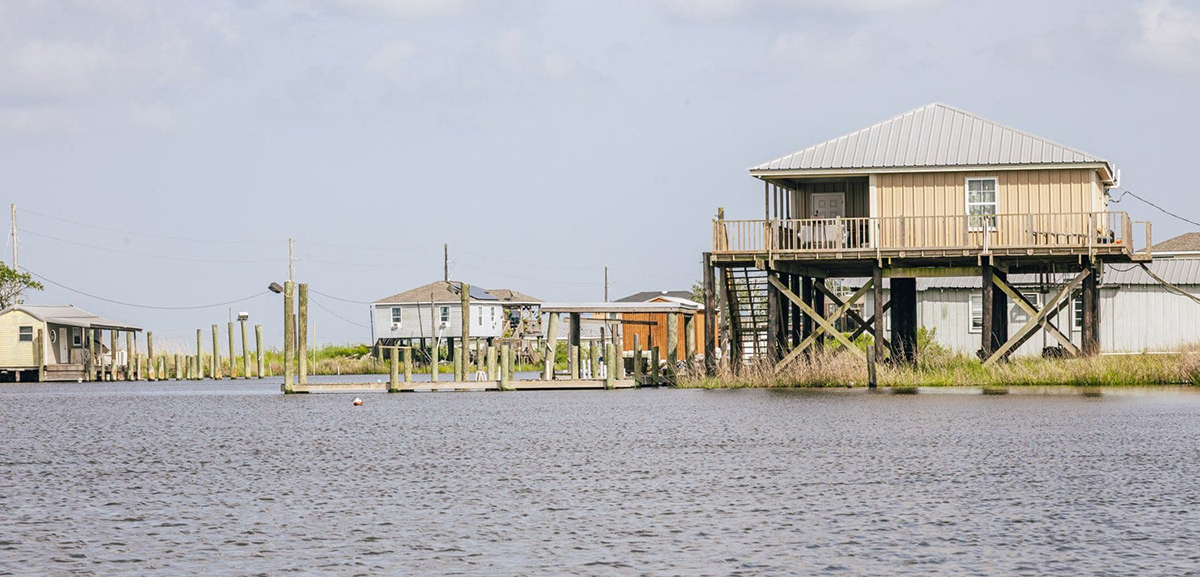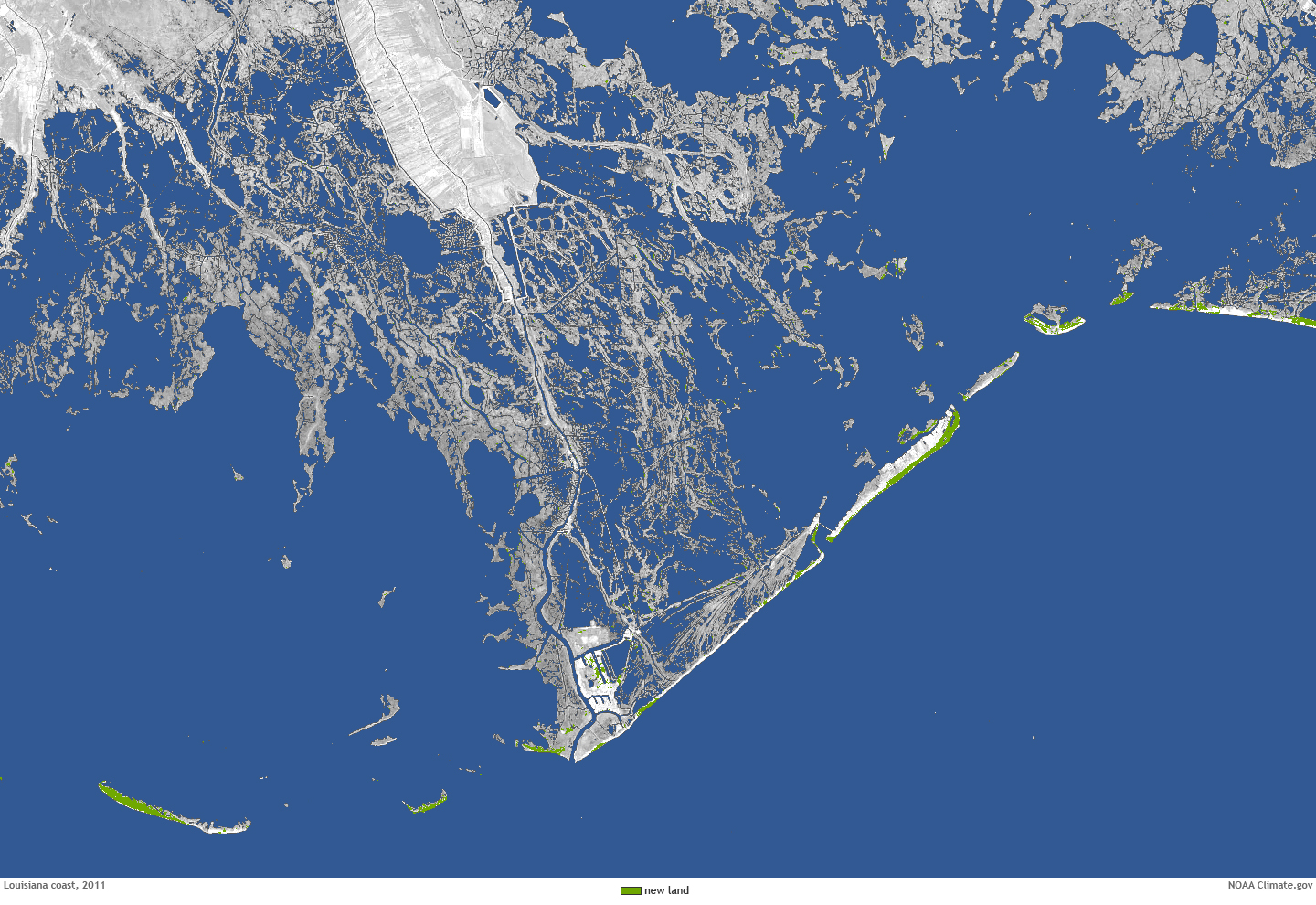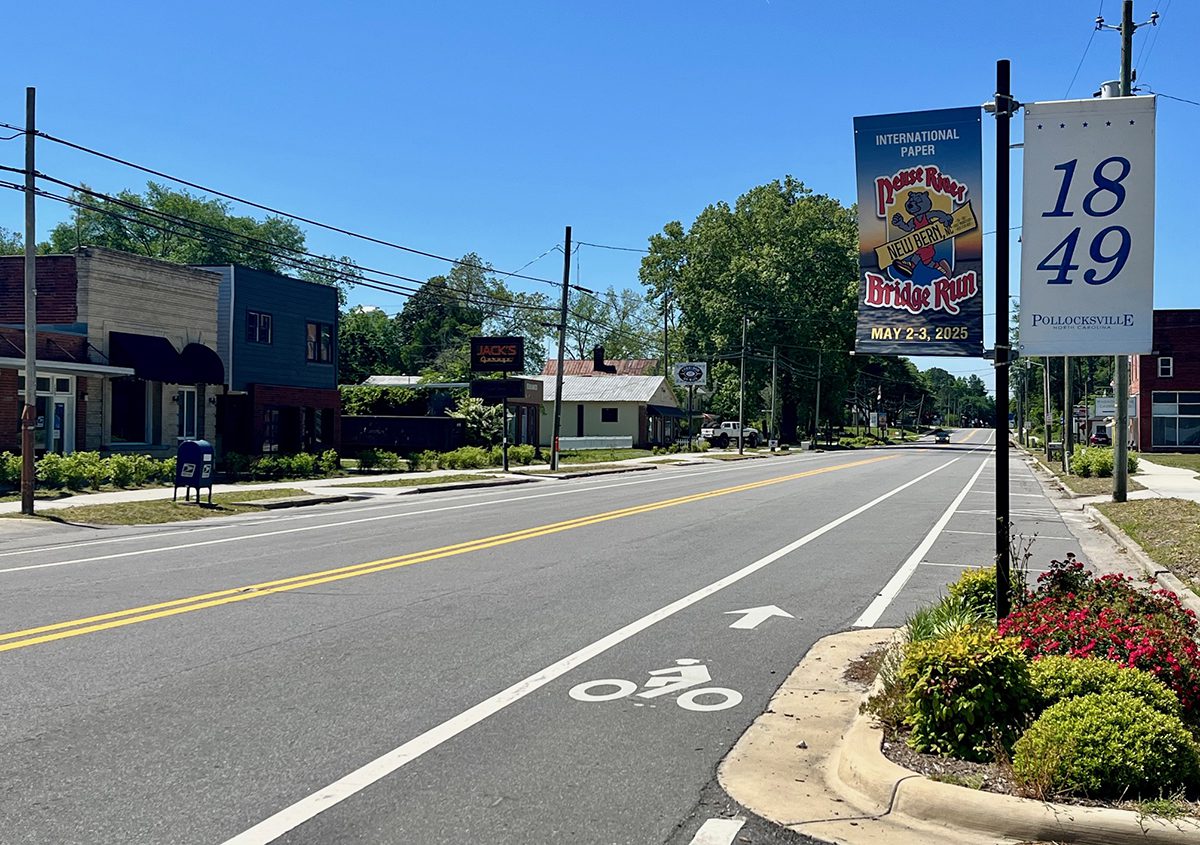
BRIC and North Carolina were made for each other.
Since the first applications were accepted for the Building Resilient Infrastructure and Communities grants in 2020, state and local-government officials had developed a keen sense of what the Federal Emergency Management Agency wanted to fund. A steady flow of successful applicants was the result.
Supporter Spotlight
“North Carolina was one of the most successful states to get BRIC funding,” noted Anna Weber, a senior policy analyst with the National Resources Defense Council. “As a result, it will be one of states with the most to lose.”
Related: Coastal towns awarded resilience grants see funding pulled
Sixty-eight cities, towns and counties in the state have been awarded grants since that first cycle of funding, according to the N.C. Division of Emergency Management, which administers the grant program. Thirty-three are in the 20 coastal counties. Those grants range from $120,000 to Bertie and Hertford counties for watershed studies to more than $18 million to Fayetteville for stream-restoration and bridge-relocation projects.
About all of it is now gone. FEMA releases BRIC money as work on a project is completed. The agency has said that only projects that have been completed will be fully funded. Those that have started may be partially funded. A living shoreline in Duck is the only completed BRIC project in the state, according to the division, and is the only one that will be completely funded. The project in Princeville to move municipal buildings out of the floodplain has started and will likely be partially funded.
Both projects in Fayetteville, the largest in the coastal counties, are currently being designed to lessen storm damage and flooding, Loren Bymer, the city’s marketing and communications director, explained in an email. He said the city “anticipates” being reimbursed by FEMA for the design work. The grants, however, won’t pay for construction as anticipated, he wrote. To complete the projects, the city would have to find other sources of income, such as issuing bonds or raising property taxes, or delaying other projects, Bymer said.
Supporter Spotlight
BRIC funding for all of the other projects on the list below has been killed. That amounts to about $81 million in coastal projects and more than $186 million statewide.
